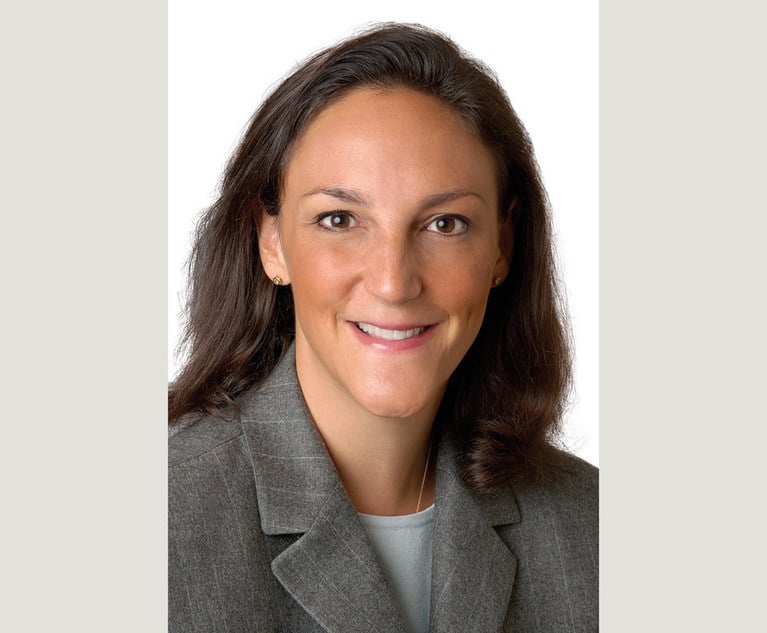With apologies to Aldous Huxley, personal injury lawyers have entered a “brave new world” in which they confront a largely unprecedented confluence of factors impacting their decision-making and advice to clients. Decades ago, so-called “runaway verdicts” were considered outliers warranting only limited consideration in the assessment of risk. In today’s litigation environment, “runaway” has been replaced by consideration of verdicts deemed “nuclear” in excess of $10 million, and “thermonuclear” when they surpass the $100 million level. In the first two months of 2024 alone, Pennsylvania juries awarded $38.5 million based upon the death of two teenage girls; $24.5 million to two women who were the surviving victims of a human trafficking ring; $183 million to the family of an infant who suffered lifelong brain damage during a traumatic birth; and an incredible $2.25 billion to a plaintiff diagnosed with lung cancer allegedly caused by a well-known weed killer.
Lawyers are trained from their first days of law school to apply settled precedent in their analysis of the issues before them. The meaning of “settled precedent” has been cast very much in doubt, however, since the U.S. Supreme Court’s decision in Dobbs v. Jackson Women’s Health Organization, 597 U.S. 215 (2022), overturning the precedent long considered “well-settled” in Roe v. Wade, 410 U.S. 113 (1973). In less than two years since Dobbs was announced, additional challenges to established precedent in health care, as well as the well-known Chevron Doctrine of administrative law, among others, have appeared repeatedly in state and federal appellate dockets.


 Michael Brophy of ADR Options. Courtesy photo
Michael Brophy of ADR Options. Courtesy photo




